Birding in B&W - 27 May 2025
Skies were lightly overcast this morning, and temperatures were hovering around 55ºF to 60ºF so I decided to run down to Pt. Mouillee SGA and look for the 7 White-faced / Glossy Ibis that have been reported the past few days.
I first drove by the Antenna Farm to see if anything was popping. Bobolink have returned,
and a few Eastern Meadolark were flying about, but otherwise no reason to stop.
Antenna Farm, Monroe, Michigan, US
May 27, 2025 7:45 AM - 7:52 AM
Protocol: Traveling
1.795 mile(s)
Checklist Comments: Cloudy, cool, 57F
10 species
Mourning Dove (Zenaida macroura) 1
Killdeer (Charadrius vociferus) 2
European Starling (Sturnus vulgaris) 15
American Robin (Turdus migratorius) 1
House Sparrow (Passer domesticus) 2
Song Sparrow (Melospiza melodia) 1
Bobolink (Dolichonyx oryzivorus) 3
Eastern Meadowlark (Sturnella magna) 2
Red-winged Blackbird (Agelaius phoeniceus) 6
Common Grackle (Quiscalus quiscula) 2
View this checklist online at https://ebird.org/checklist/S2
This report was generated automatically by eBird v3 (https://ebird.org/home)
May 27, 2025 7:45 AM - 7:52 AM
Protocol: Traveling
1.795 mile(s)
Checklist Comments: Cloudy, cool, 57F
10 species
Mourning Dove (Zenaida macroura) 1
Killdeer (Charadrius vociferus) 2
European Starling (Sturnus vulgaris) 15
American Robin (Turdus migratorius) 1
House Sparrow (Passer domesticus) 2
Song Sparrow (Melospiza melodia) 1
Bobolink (Dolichonyx oryzivorus) 3
Eastern Meadowlark (Sturnella magna) 2
Red-winged Blackbird (Agelaius phoeniceus) 6
Common Grackle (Quiscalus quiscula) 2
View this checklist online at https://ebird.org/checklist/S2
This report was generated automatically by eBird v3 (https://ebird.org/home)
I parked at Mouillee Creek and rode the bike out to the north side of the Walpatich Unit. Willow Flycatchers were calling their distinctive "Fitz-bew" call and Swamp Sparrows were trilling in the Unit to my right as I rode north along the west side of the Walpatich.
The corn field on the north side of the Walpatich Unit was flooded, and I was delighted to see a pair of Black-necked Stilts foraging in the shallow mudflats created by the flooding.
I put my head down to type a note to Discord, and when I lifted my head again the birds were gone! As I continued east toward the Lautenshlager Unit a momma Wood Duck scrambled from the near shoreline with 13 ducklings in hot pursuit. One little guy was the straggler and took awhile to catch up to the family.
I headed back south toward the Middle Causeway and the Pump House, and then rode south along the Bad Creek Unit dike. Along the way a pair of Red-tailed Hawks flew overhead with one being chased by an angry Red-winged Blackbird.
The dike forks at one point with one trail staying parallel to Roberts Road while the second loops out into the Humphries Unit. I took the latter and explored the Humphries Unit. An open field held a singing Sedge Wren. I was unable to find the Plegadis sp. ibises that had been reported; I'd run into the Volkers who told me that they were seen off the other trail.
It was only 9:30 am when I finally left the Bad Creek Trail at Roberts Road so I decided to ride out to Cell 3 to look for reported Red-necked Phalarope, Whimbrel, and Short-billed Dowitcher. Along the way I scanned for the Western Kingbird but could not find it (it would be reported a short-time later in Cell 2 along the lakeshore).
Cell 3 was relatively quiet with only a dozen or so Dunlin, a few Semipalmated Sandpipers and Semipalmated Plovers, a couple dozen Caspian Tern, Forster's Terns, and a half-dozen Common Terns. Along the western shoreline I spotted three large shorebirds that turned out to be Willets, so I headed out onto the mudflats to get some pics.
The Caspian Terns and Forsters/Common Terns took off, so I grabbed a few images of the birds in flight.
A single Black Tern appeared among them so I turned the camera on it as it flew past.
According to a 2006 article in Birding Magazine Eastern Willets tended to be smaller, stockier with stubbier bills while Western Willets are taller, longer-legged, thinner billed and paler. So my question was whether the bird on the left (below) is taller?, longer-legged?, and thinner-billed than the bird on the right. This would give me a Western (left) and Eastern (right) Willet.
Same with the bird on the left. Eastern (left) vs. Western (right)?
My gut feeling is that all three birds are "thin"-billed and represent Western Willets with the middle bird just undergoing delayed molt.
But, since I"ve not seen enough of these birds I posted an image and asked for other input. With a shout-out to Alex Sundvall, who writes, "Michigan should *Only* get Western Willet, Easterns are pretty confined to coastal areas. And I agree they’re both Westerns with some sexual dimorphism."
Also, according to Cornell's Birds of the World, "Populations breeding in inland, primarily freshwater habitats of western states and provinces belong to the subspecies Tringa semipalmata inornata or Western Willet. Populations breeding in the marshes of the Atlantic coast, from New Brunswick to Tamaulipas, belong to the subspecies T. s. semipalmata or Eastern Willet. The two breeding environments differ in several characteristics. Eastern Willets often have abundant food resources but limited nesting habitat, while Western Willets often have abundant nesting habitat but unpredictable food resources, depending on wetland availability and drought."
So I feel pretty confident now calling these Western Willet.
My ride back to the car was pretty uneventful. Next time I'll make sure to add a fresh color cartridge to my camera...
Pte. Mouillee SGA (permit required Sep 1-Dec 15), Monroe, Michigan, US
May 27, 2025 7:56 AM - 10:54 AM
Protocol: Traveling
10.005 mile(s)
Checklist Comments: Overcast, hazy, 60F
59 species
Canada Goose (Branta canadensis) 235
Mute Swan (Cygnus olor) 70
Wood Duck (Aix sponsa) 24
Blue-winged Teal (Spatula discors) 6
Northern Shoveler (Spatula clypeata) 1
Gadwall (Mareca strepera) 5
Mallard (Anas platyrhynchos) 250
Redhead (Aythya americana) 4
Mourning Dove (Zenaida macroura) 5
American Coot (Fulica americana) 2
Sandhill Crane (Antigone canadensis) 2
Black-necked Stilt (Himantopus mexicanus) 2 Pair in flooded field on north side of Walpatich Unit. Flew off as texted Discord. Pics.
Killdeer (Charadrius vociferus) 6
Semipalmated Plover (Charadrius semipalmatus) 4
Spotted Sandpiper (Actitis macularius) 2
Lesser Yellowlegs (Tringa flavipes) 1
Willet (Tringa semipalmata) 3 Cell 3. Pics
Dunlin (Calidris alpina) 10
Semipalmated Sandpiper (Calidris pusilla) 6
Bonaparte's Gull (Chroicocephalus philadelphia) 5
Ring-billed Gull (Larus delawarensis) 2
Caspian Tern (Hydroprogne caspia) 28 Flock roosting in Cell 3 among FOTE and COTE. Pics.
Black Tern (Chlidonias niger) 1
Forster's Tern (Sterna forsteri) 24 Cell 3, Humphries and Vermet. White wing flash and paler compared to grayer COTE.
Common Tern (Sterna hirundo) 6
Pied-billed Grebe (Podilymbus podiceps) 4
Double-crested Cormorant (Nannopterum auritum) 2
Black-crowned Night Heron (Nycticorax nycticorax) 2
Great Egret (Ardea alba) 13
Great Blue Heron (Ardea herodias) 9
American White Pelican (Pelecanus erythrorhynchos) 3
Turkey Vulture (Cathartes aura) 1
Osprey (Pandion haliaetus) 1
Bald Eagle (Haliaeetus leucocephalus) 3
Red-tailed Hawk (Buteo jamaicensis) 3
Willow Flycatcher (Empidonax traillii) 4
Eastern Kingbird (Tyrannus tyrannus) 2
Warbling Vireo (Vireo gilvus) 8
Red-eyed Vireo (Vireo olivaceus) 2
Tree Swallow (Tachycineta bicolor) 6
Purple Martin (Progne subis) 2
Barn Swallow (Hirundo rustica) 6
Northern House Wren (Troglodytes aedon) 1
Sedge Wren (Cistothorus stellaris) 2
Marsh Wren (Cistothorus palustris) 6
European Starling (Sturnus vulgaris) 6
Gray Catbird (Dumetella carolinensis) 1
American Robin (Turdus migratorius) 2
House Sparrow (Passer domesticus) 2
American Goldfinch (Spinus tristis) 2
Song Sparrow (Melospiza melodia) 3
Swamp Sparrow (Melospiza georgiana) 7
Baltimore Oriole (Icterus galbula) 3
Red-winged Blackbird (Agelaius phoeniceus) 56
Brown-headed Cowbird (Molothrus ater) 6
Common Grackle (Quiscalus quiscula) 5
Yellow Warbler (Setophaga petechia) 11
Northern Cardinal (Cardinalis cardinalis) 2
Indigo Bunting (Passerina cyanea) 2
View this checklist online at https://ebird.org/checklist/S2
This report was generated automatically by eBird v3 (https://ebird.org/home)
May 27, 2025 7:56 AM - 10:54 AM
Protocol: Traveling
10.005 mile(s)
Checklist Comments: Overcast, hazy, 60F
59 species
Canada Goose (Branta canadensis) 235
Mute Swan (Cygnus olor) 70
Wood Duck (Aix sponsa) 24
Blue-winged Teal (Spatula discors) 6
Northern Shoveler (Spatula clypeata) 1
Gadwall (Mareca strepera) 5
Mallard (Anas platyrhynchos) 250
Redhead (Aythya americana) 4
Mourning Dove (Zenaida macroura) 5
American Coot (Fulica americana) 2
Sandhill Crane (Antigone canadensis) 2
Black-necked Stilt (Himantopus mexicanus) 2 Pair in flooded field on north side of Walpatich Unit. Flew off as texted Discord. Pics.
Killdeer (Charadrius vociferus) 6
Semipalmated Plover (Charadrius semipalmatus) 4
Spotted Sandpiper (Actitis macularius) 2
Lesser Yellowlegs (Tringa flavipes) 1
Willet (Tringa semipalmata) 3 Cell 3. Pics
Dunlin (Calidris alpina) 10
Semipalmated Sandpiper (Calidris pusilla) 6
Bonaparte's Gull (Chroicocephalus philadelphia) 5
Ring-billed Gull (Larus delawarensis) 2
Caspian Tern (Hydroprogne caspia) 28 Flock roosting in Cell 3 among FOTE and COTE. Pics.
Black Tern (Chlidonias niger) 1
Forster's Tern (Sterna forsteri) 24 Cell 3, Humphries and Vermet. White wing flash and paler compared to grayer COTE.
Common Tern (Sterna hirundo) 6
Pied-billed Grebe (Podilymbus podiceps) 4
Double-crested Cormorant (Nannopterum auritum) 2
Black-crowned Night Heron (Nycticorax nycticorax) 2
Great Egret (Ardea alba) 13
Great Blue Heron (Ardea herodias) 9
American White Pelican (Pelecanus erythrorhynchos) 3
Turkey Vulture (Cathartes aura) 1
Osprey (Pandion haliaetus) 1
Bald Eagle (Haliaeetus leucocephalus) 3
Red-tailed Hawk (Buteo jamaicensis) 3
Willow Flycatcher (Empidonax traillii) 4
Eastern Kingbird (Tyrannus tyrannus) 2
Warbling Vireo (Vireo gilvus) 8
Red-eyed Vireo (Vireo olivaceus) 2
Tree Swallow (Tachycineta bicolor) 6
Purple Martin (Progne subis) 2
Barn Swallow (Hirundo rustica) 6
Northern House Wren (Troglodytes aedon) 1
Sedge Wren (Cistothorus stellaris) 2
Marsh Wren (Cistothorus palustris) 6
European Starling (Sturnus vulgaris) 6
Gray Catbird (Dumetella carolinensis) 1
American Robin (Turdus migratorius) 2
House Sparrow (Passer domesticus) 2
American Goldfinch (Spinus tristis) 2
Song Sparrow (Melospiza melodia) 3
Swamp Sparrow (Melospiza georgiana) 7
Baltimore Oriole (Icterus galbula) 3
Red-winged Blackbird (Agelaius phoeniceus) 56
Brown-headed Cowbird (Molothrus ater) 6
Common Grackle (Quiscalus quiscula) 5
Yellow Warbler (Setophaga petechia) 11
Northern Cardinal (Cardinalis cardinalis) 2
Indigo Bunting (Passerina cyanea) 2
View this checklist online at https://ebird.org/checklist/S2
This report was generated automatically by eBird v3 (https://ebird.org/home)














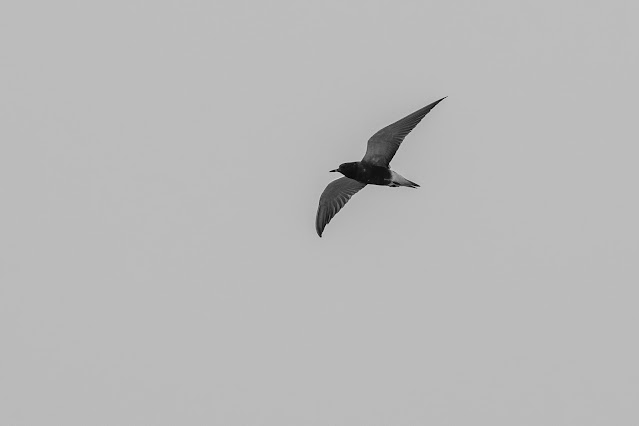





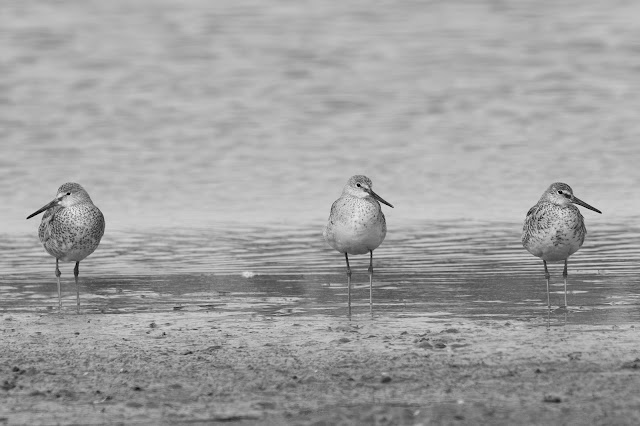
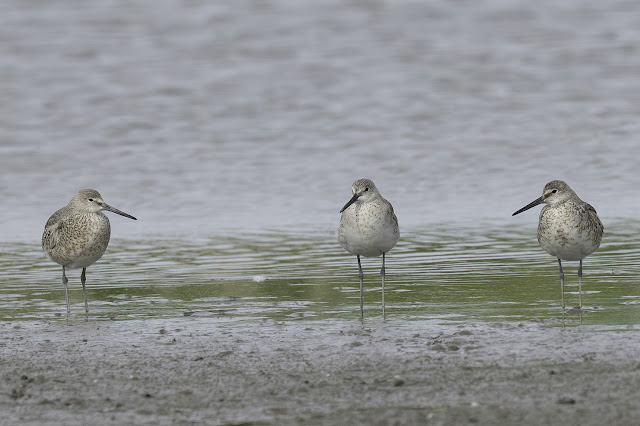
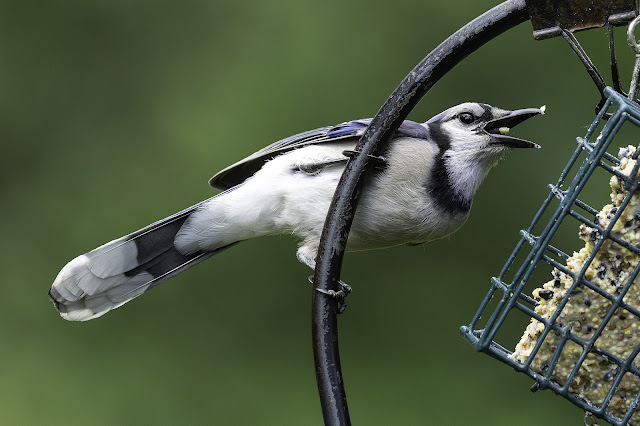
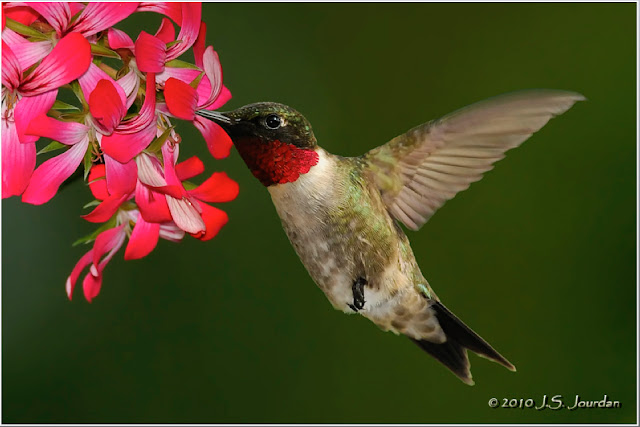



Comments
Post a Comment
Please leave a comment. I will try to respond ASAP.